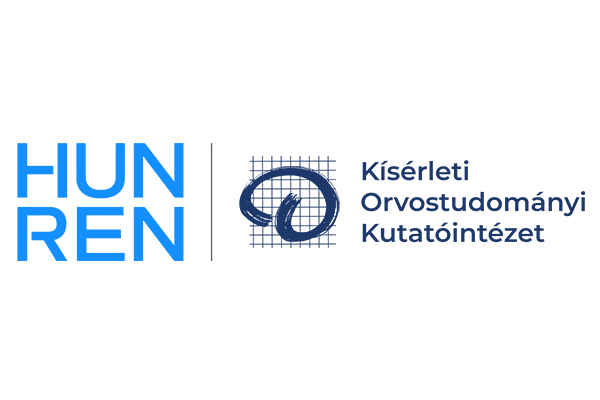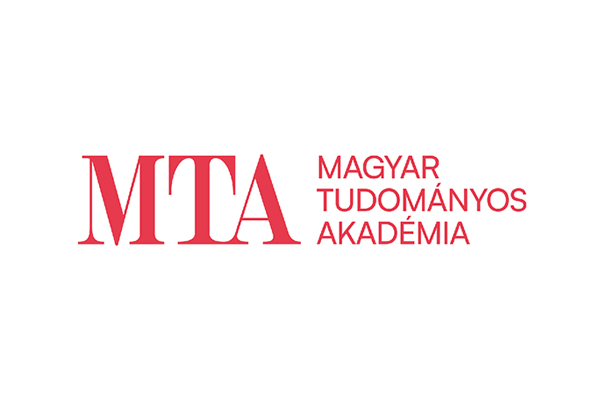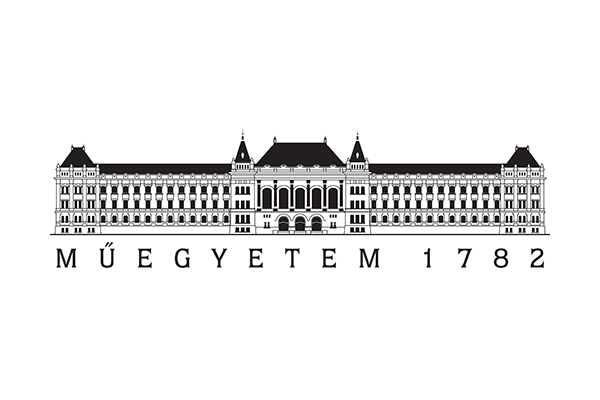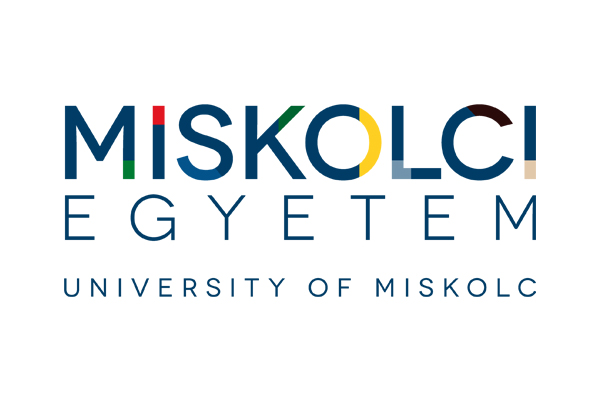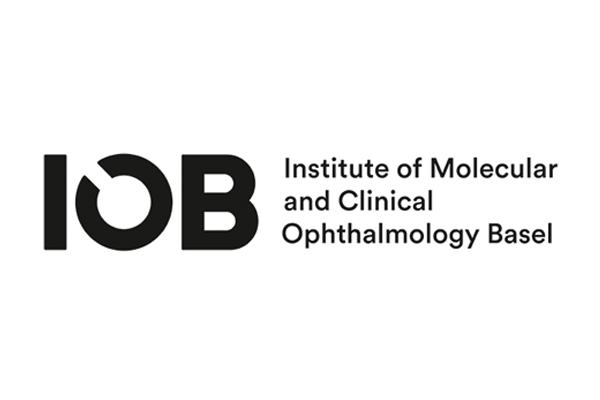The scientific event features presentations by leading researchers, collaborators and partners of the BrainVisionCenter Research Institute and Competence Centre in the following topics, which forms the basis for future medical diagnostic and therapeutic tools and procedures:
– new molecular biology and neurochemistry methodologies,
– new developments and measurements in 3D acousto-optical laser microscopy,
– a completely new principle of brain function,
– the use of AAV measurement vectors and related innovation breakthroughs
– the diagnosis, inheritance and state-of-the-art therapeutic possibilities of ophthalmic disease.
Scientific Presentations
Prof. Dr. Balázs Rózsa – Senior Researcher
Functional clusters of cells in the brain: 3D laser scanning microscopy has challenged decades of dogma about brain function
Fundamental to the BrainVisionCenter’s mission, we have developed new methods for in vivo measurements that have been awaited by science for more than 20 years: fast, 3D direct optical measurement of neuronal electrical activity; 3D fast image stabilization that allows the real-time elimination of motion artefacts caused by breathing, physical movement and heartbeat; and the activation of neuronal networks with 3D spatiotemporal patterns. Our fast spatial measurements have shown that neurons in the memory centre of the brain and in the visual cortex learn together by organising into small clusters. Learning appears as a kind of competition in the brain, where the more successful group of cells with stronger representations gradually overcomes the weaker one and takes over. A major breakthrough has been achieved with the laser microscope, which allows the cells responsible for spatial orientation and visual representation and their functional neighbours – which are relatively dispersed in the deeper layers of the brain – to be measured simultaneously in 3D with a precision and high speed that no other method can achieve.
Dr. Zoltán Mucsi – Department of Biological Chemistry
New opportunities in neurobiology: rewiring voltage sensors and new neural networks using chemistry – Research goals of the Department of Biology-Chemistry of BrainVisionCenter
The enormous temporal and spatial resolution of 3D acousto-optical systems allows us to study biological processes in neurons at very small microsecond time intervals using specific sensor molecules. Special fluorescent, voltage-sensing molecules are needed to visualise and study these processes, and their research and development is a priority. An important aspect in neuroscience is the ability to trigger stimuli under controlled conditions, confined in space and time, for which we are developing so-called photosensitive uncaging triggering molecules. We are developing novel reagent systems for the laser-guided generation of precision neural networks, whose future application could open up revolutionary perspectives in medicine.
Dr. Arnold Szabó – Head of Human Retina Laboratory
The importance of human biological model systems in neuroscience research
In the absence of suitable human model systems, complex neural networks are typically studied using live experimental animals or animal tissue samples. The insights gained form the basis of our biological knowledge, but a major obstacle is that results from animal studies cannot be directly applied to humans. A survival human retina model developed at Semmelweis University allows complex experiments previously thought impossible to be performed on human retinal tissue, thus bridging the gap between animal studies and clinical trials.
Dr. Gergely Szalay – Head of Department of Biology
Development of a high-resolution acousto-optic stimulation technology for the targeted elicitation of specific cortical activity patterns
In contrast to the retina, the cortical representation of visual information shows no spatial organisation; individual sensations are encoded in the activity patterns of neurons that may be quite distant from each other. In order to artificially induce this type of sensations, we are developing a stimulation technique to control the activity of individual neurons individually according to a predefined pattern without affecting neighbouring cells. To achieve this, we exploit the fast switching capability of a 3D acousto-optical microscope, which allows us to control the location of stimulation, amplitude and wavelength at arbitrary intervals of 30 microseconds, thus creating the precise patterns required.
Dr. Zsolt Zoltán Nagy – Professor, ophthalmologist, clinical director
Genetic testing and therapeutic options in the treatment of hereditary retinal lesions
Today, the genetic background of many retinal diseases has been partially or completely elucidated. This lecture will review the most important hereditary diseases of the fundus, their diagnosis, inheritance and state-of-the-art therapeutic options. One way forward, in addition to the usual forms of ophthalmic therapy and surgery, is genetic treatments (optogenetics) to restore the independence of affected patients previously condemned to blindness.
Prof. Dr. Botond Roska – Senior Researcher
The Human Retina
Throughout history, scientists have studied animal bodies as a surrogate tool to understand human biology. However, this approach has proved insufficient to develop methods for curing many diseases, especially brain diseases. So recently, new methods have been developed to study a human organ, the eyes. These human-centred methods are in the focus of my presentation.

